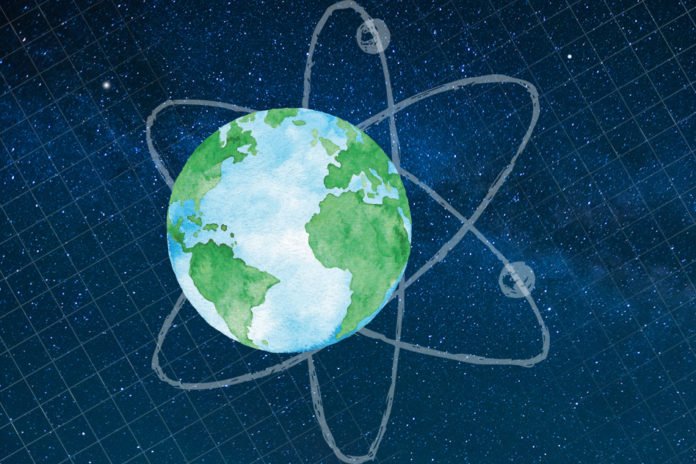A new MIT energy initiative study suggests that except if nuclear energy is definitively incorporated into the global mix of low-carbon energy advancements, the test of environmental change will be significantly more troublesome and exorbitant to understand. Thus, it is essential to address the issues of cost and policy low-carbon energy source.
During the study, scientists analyzed the purposes behind the current global stall of nuclear energy limit — which as of now represents just 5 percent of global essential energy creation — and talk about measures that could be taken to capture and reverse that pattern.
Study co-chair Jacopo Buongiorno, the TEPCO Professor and associate department head of the Department of Nuclear Science and Engineering at MIT said, “Our analysis demonstrates that realizing nuclear energy’s potential is essential to achieving a deeply decarbonized energy future in many regions of the world. Incorporating new policy and business models, as well as innovations in construction that may make deployment of cost-effective nuclear power plants more affordable, could enable nuclear energy to help meet the growing global demand for energy generation while decreasing emissions to address climate change.”
Scientists noted that electricity is the essential factor for deep decarbonization. They also predicted that the electricity consumption will grow 45 percent by 2040. The avoidance of atomic from low-carbon situations could make the normal cost of power raise significantly.
Scientists also discussed on recommendations for nuclear plant construction, current and future reactor technologies, business models, and policies, and reactor safety regulation and licensing. They found that changes in reactor construction are needed to usher in an era of safer, more cost-effective reactors, including proven construction management practices that can keep nuclear projects on time and on budget.
MIT visiting research scientist David Petti said, “A shift towards serial manufacturing of standardized plants, including the more aggressive use of fabrication in factories and shipyards, can be a viable cost-reduction strategy in countries where the productivity of the traditional construction sector is low. Future projects should also incorporate reactor designs with inherent and passive safety features.”
John Parsons, study co-chair and senior lecturer at MIT’s Sloan School of Management said, “The role of government will be critical if we are to take advantage of the economic opportunity and low-carbon potential that nuclear has to offer. If this future is to be realized, government officials must create new decarbonization policies that put all low-carbon energy technologies (i.e. renewables, nuclear, fossil fuels with carbon capture) on an equal footing, while also exploring options that spur private investment in nuclear advancement.”
The examination spreads out point by point choices for government support of nuclear. For instance, the creators prescribe that policymakers ought to stay away from premature closures of existing plants, which undermine endeavors to diminish discharges and increment the cost of accomplishing emanation decrease targets.
One approach to evade these terminations is the usage of zero-emissions credits — installments made to power makers where power is produced without ozone-depleting substance outflows — which the analysts note are right now set up in New York, Illinois, and New Jersey.
Another suggestion from the study is that the government support development and demonstration of new nuclear technologies through the use of four “levers”: funding to share regulatory licensing costs; funding to share research and development costs; funding for the achievement of specific technical milestones; and funding for production credits to reward successful demonstration of new designs.
The Future of Nuclear Energy in a Carbon-Constrained World” is the eighth in the “Future of…” series of studies that are intended to serve as guides to researchers, policymakers, and industry. Each report explores the role of technologies that might contribute at scale in meeting rapidly growing global energy demand in a carbon-constrained world.
Nuclear power was the subject of the first of these interdisciplinary studies, with the 2003 “Future of Nuclear Power” report (an update was published in 2009). The series has also included a study on the future of the nuclear fuel cycle. Other reports in the series have focused on carbon dioxide sequestration, natural gas, the electric grid, and solar power. These comprehensive reports are written by multidisciplinary teams of researchers. The research is informed by a distinguished external advisory committee.
The study group, led by MIT researchers in collaboration with colleagues from Idaho National Laboratory and the University of Wisconsin at Madison, is presenting its findings and recommendations at events in London, Paris, and Brussels this week, followed by events on Sept. 25 in Washington, and on Oct. 9 in Tokyo. MIT graduate and undergraduate students and postdocs, as well as faculty from Harvard University and members of various think tanks, also contributed to the study as members of the research team.
